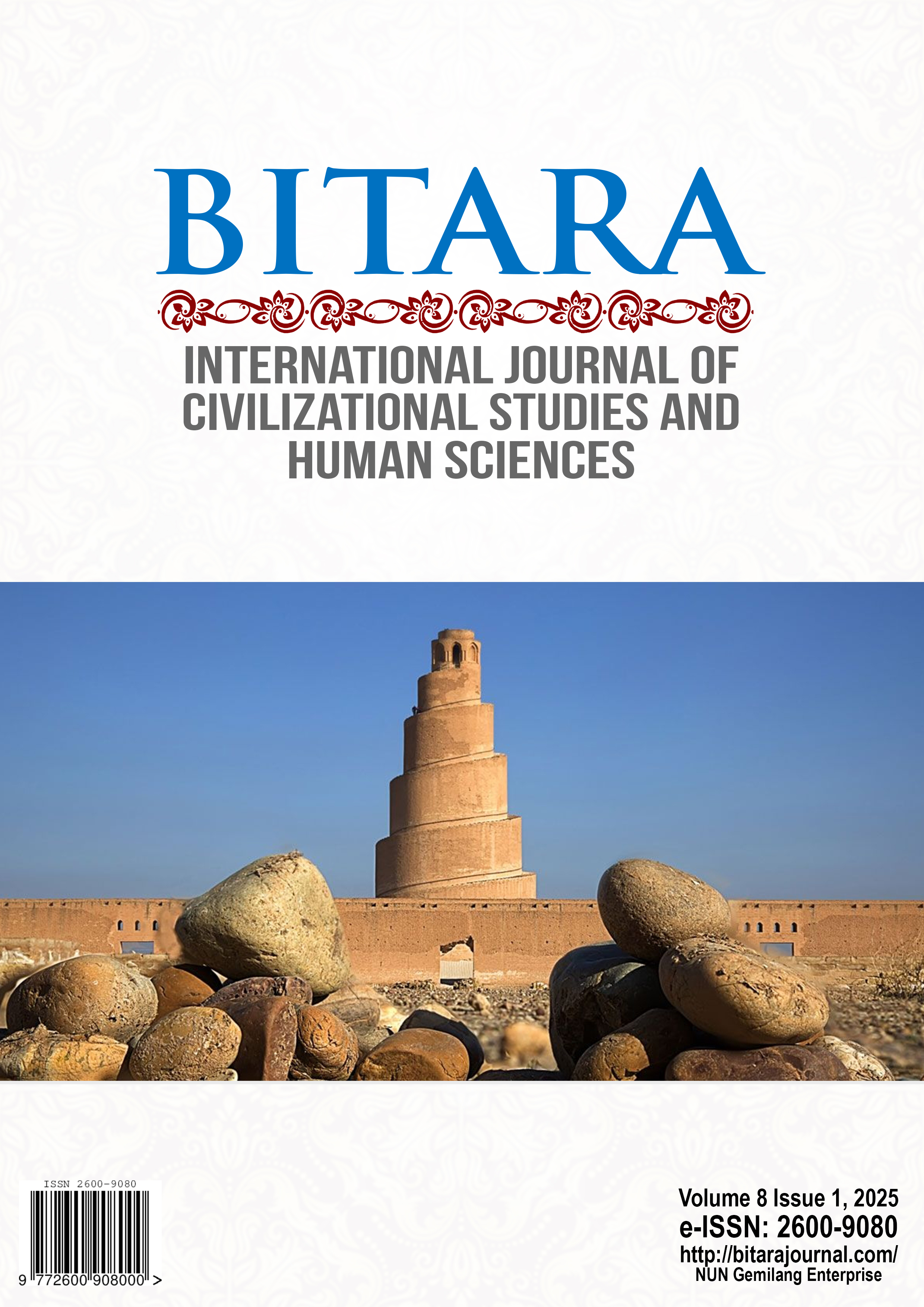Konflik antara Kerajaan Safawiyyah dan Uthmaniyyah pada abad ke-16M [The Conflict between the Safavid and Ottoman Empires in the 16th Century]
Keywords:
Safawiyyah, Uthmaniyyah, konflik, ideologi, Perjanjian Amasya Safavid, Ottoman, conflict, ideology, Treaty of AmasyaAbstract
Kerajaan Safawiyyah dan kerajaan Uthmaniyyah merupakan dua buah kerajaan besar dalam sejarah Islam yang sering terlibat dalam persaingan sengit dari segi politik, ketenteraan dan ideologi. Perbezaan pegangan ideologi agama antara dua buah kerajaan tersebut telah menyebabkan perselisihan yang berpanjangan. Hal ini kerana Kerajaan Safawiyyah berpegang kepada fahaman syiah manakala Kerajaan Uthmaniyyah pula berpegang kepada fahaman sunni. Konflik perselisihan antara dua buah kerajaan ini turut diburukkan lagi dengan perebutan wilayah yang strategik seperti Anatolia Timur dan Mesopotamia (Iraq). Justeru, makalah ini bertujuan menganalisis faktor-faktor berlakunya konflik antara Kerajaan Safawiyyah dan Uthmaniyyah antara tahun 1532 hingga 1555, siri-siri peperangan antara kedua buah kerajaan dan kesan Perjanjian Perdamaian Amasya pada tahun 1555. Kajian kualitatif ini menggunakan pendekatan kajian sejarah dan analisis kandungan daripada sumber primer dan sekunder. Dapatan menunjukkan bahawa faktor berlakunya konflik adalah disebabkan oleh perebutan wilayah, perbezaan ideologi dan penglibatan kuasa asing. Rentetan itu, sebanyak tiga siri peperangan berlaku antara kedua buah kerajaan dan penyelesaian terhadap konflik tersebut ialah termeterainya Perjanjian Amasya 1555. Kesan perjanjian tersebut menyebabkan wilayah Baghdad jatuh ke tangan Kerajaan Uthmaniyyah.
The Safavid and Ottoman Empires were two of the most influential Islamic states in history, frequently engaged in intense rivalry across political, military, and ideological domains. Their conflicting religious ideologies fueled prolonged discord, as the Safavid Empire adhered to Shia Islam, while the Ottoman Empire upheld Sunni Islam. This sectarian divide was further exacerbated by territorial disputes over strategically significant regions such as Eastern Anatolia and Mesopotamia (modern-day Iraq).This paper seeks to examine the underlying factors that contributed to the conflict between the Safavid and Ottoman Empires from 1532 to 1555, as well as the implications of the Peace of Amasya, signed in 1555. Employing a qualitative research approach, this study utilizes historical analysis and content examination of both primary and secondary sources. The findings reveal that the primary catalysts of the conflict were territorial ambitions, ideological divisions, and the intervention of foreign powers As a result, three successive wars took place between the two kingdoms, ultimately leading to the resolution of the conflict through the signing of the Treaty of Amasya in 1555. Consequently, the treaty resulted in the annexation of Baghdad into the Ottoman Empire.















